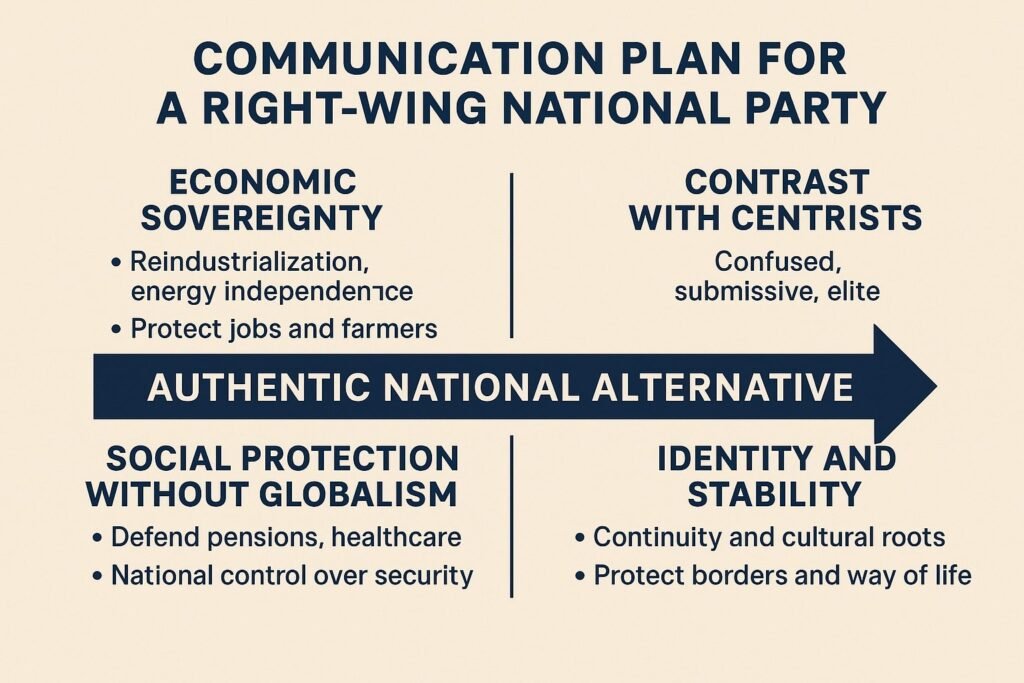Oppression – From Real Struggles to Universal Excuse
The Word That Explains Everything
Once, oppression meant real, visible injustice — slavery, dictatorship, censorship, or poverty enforced by brute force. Today, it’s been stretched to cover almost anything activists say it does.
What used to describe concrete struggles is now applied to everyday inconveniences, cultural traditions, or simply disagreement. It’s become a universal explanation for why life feels unfair — and a political weapon to demand endless change.
What Does Oppression Mean Today?
In activist thinking, oppression isn’t just about direct abuse. It’s said to be built into systems of power that privilege some groups while disadvantaging others — even when no clear oppressor exists.
- Lack of representation in media? Injustice.
- Feeling uncomfortable in a debate? Power imbalance.
- Disagreeing with activist ideas? That disagreement itself becomes part of the problem.
By broadening the meaning, the concept becomes impossible to challenge — and permanently useful for those who wield it.
Buzzwords and Narratives
This redefinition comes packaged with familiar terms:
- “Lived experience” – Personal feelings treated as unquestionable evidence.
- “Marginalised voices” – Some opinions given automatic weight, others dismissed.
- “Structural barriers” – Any gap in results reframed as proof of hidden injustice.
- “Intersectionality” – An endless layering of identities to multiply claims of harm.
Together, these slogans create a worldview where unfairness is everywhere and constant.
Where the Concept Appears in Practice
- Universities: Whole departments focused on power and oppression studies, generating jargon rather than solutions.
- HR: Trainings teaching employees to “check privilege” and avoid micro-aggressions.
- Activism: Campaigns branding everyday traditions or institutions as oppressive.
- Politics: Laws crafted around “balancing harms” rather than universal rights.
The focus shifts from tackling concrete inequality to managing narratives of disadvantage.
Why Institutions Promote the Framework
- Academics generate endless theories of injustice, each creating new fields of study.
- Activists gain leverage by labelling opponents as oppressors.
- Corporations adopt anti-oppression pledges for cheap PR.
- Politicians pass symbolic laws to look virtuous, while ignoring tougher economic problems.
The broader the definition, the more jobs, budgets, and influence are created to manage it.
Consequences of Stretching the Concept
- Division: People sorted into oppressors and oppressed, fuelling resentment.
- Silenced debate: Questioning the framework is labelled harmful.
- Bureaucracy: Whole departments built to monitor grievances.
- Distraction: Real issues like wages and class inequality buried under identity politics.
Ironically, the wider the term is applied, the less solidarity society enjoys.
Why It Matters
A word once used to rally against tyranny is now used to justify permanent grievance and endless bureaucracy. By treating injustice as universal and permanent, activists and institutions create a system where complaints never end — and solutions never arrive.
From Struggle to Strategy
Oppression once meant fighting against chains, censorship, and authoritarian regimes. Today, it’s a strategy — a label used to win arguments, silence opposition, and demand reform without end.
What began as a call for freedom has been repurposed as a tool of control.
FAQ: Oppression
What does oppression mean in activist theory?
It refers to invisible systems of power that privilege some groups and disadvantage others.
Why is this redefinition controversial?
Because it stretches the word to cover everything from real injustice to everyday disagreements.
Where is it applied in practice?
In academia, HR trainings, activist campaigns, and political laws.
Who benefits from this framework?
Academics, activists, corporations, and politicians who gain influence by managing grievance narratives.
What’s the risk?
It entrenches division, silences dissent, and diverts attention from genuine inequality.



